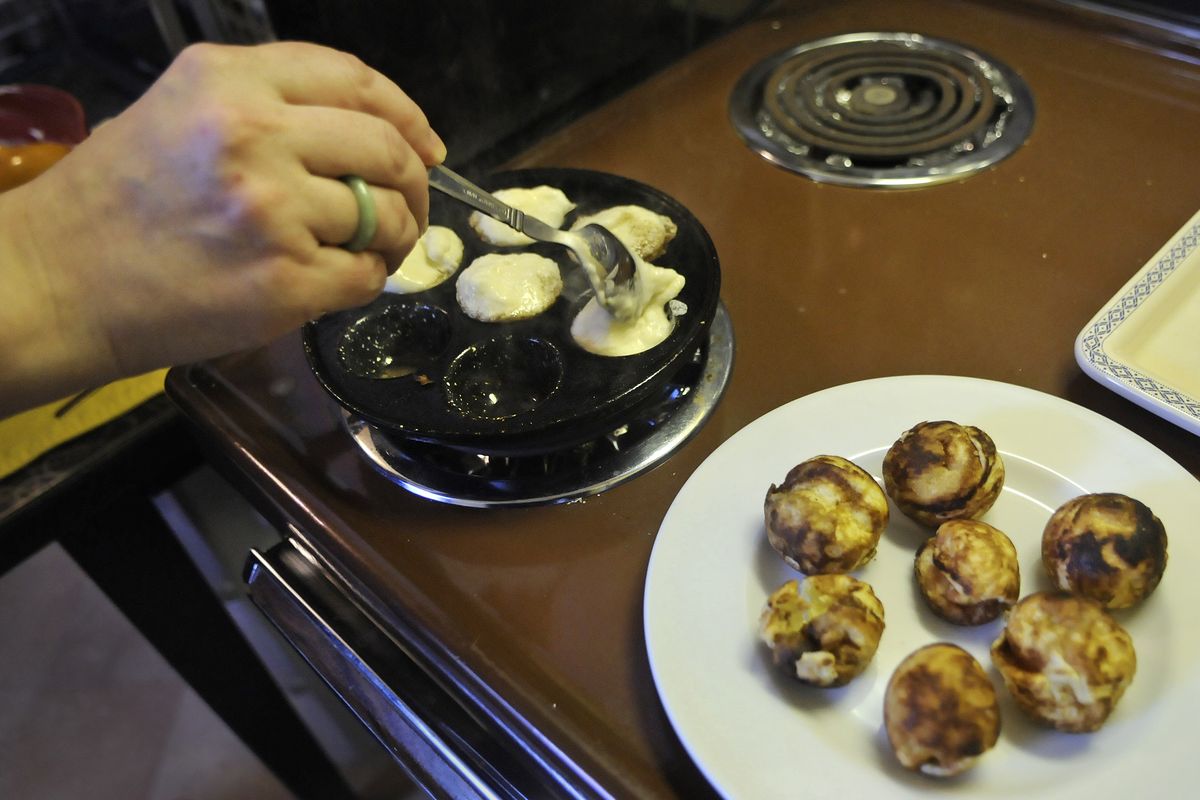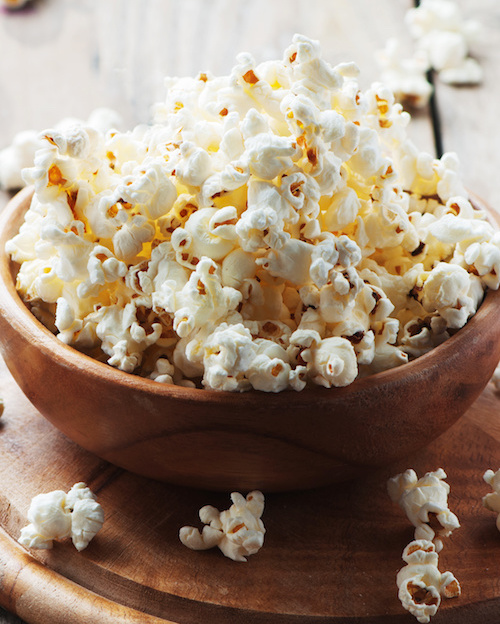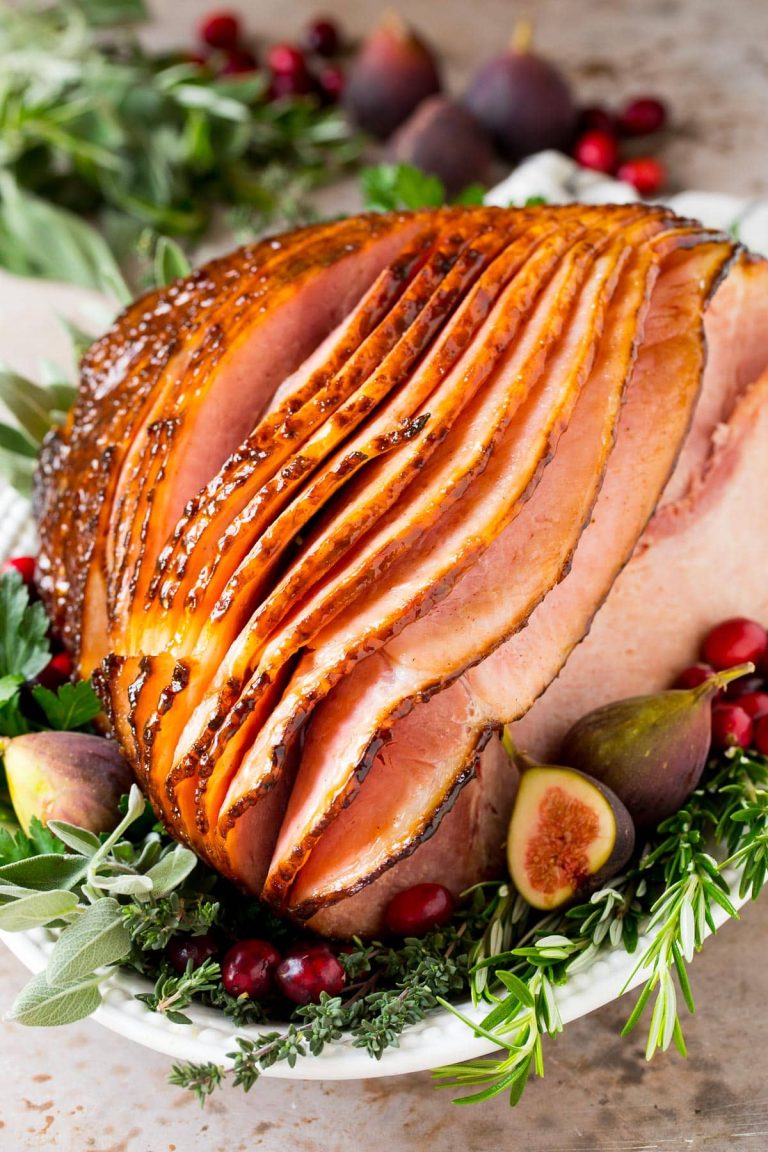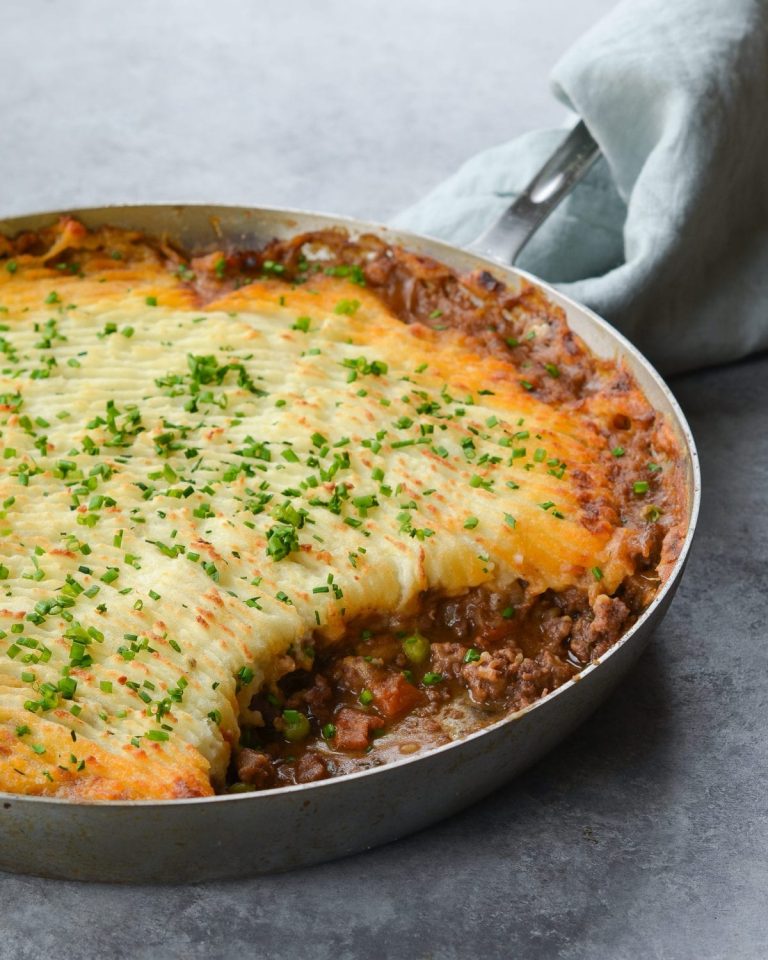Aebleskiver: Danish Delights, Recipe Guide, and Global Variations Explained
Aebleskiver, meaning “apple slices” in Danish, dates back to the Middle Ages. Despite its name, these treats often contain no apples but originally did. According to historical records, Danish Vikings cooked these spherical pancakes over an open fire using shield fragments. This delicacy became popular during significant cultural celebrations and festivals, establishing its reputation as a festive treat.
Evolution Through the Centuries
Over centuries, Aebleskiver evolved in preparation and ingredients. In the 17th century, specialized Aebleskiver pans allowed for consistent shaping and cooking. Recipes began incorporating yeast or baking powder instead of traditional sourdough, creating fluffier textures. In modern times, fillings like jam, chocolate, and even savory options gained popularity, reflecting changing tastes and culinary creativity. Despite these changes, Aebleskiver remains a cherished Danish tradition, symbolizing communal joy and heritage.
Ingredients and Equipment Needed
Traditional Ingredients for Aebleskiver
Aebleskiver requires a few basic ingredients to create their characteristic taste and texture:
- Flour: All-purpose flour provides structure.
- Eggs: Large eggs impart richness.
- Milk: Whole milk adds moisture and tenderness.
- Sugar: Granulated sugar lends sweetness.
- Butter: Melted butter enhances flavor.
- Salt: A small amount balances the sweetness.
- Leavening Agent: Baking powder, when used, makes the Aebleskiver fluffy.
Optional add-ins like cardamom or nutmeg can offer a subtle spice note. Fillings include jam, chocolate, or fruit pieces for variety.
Necessary Cooking Tools
Proper equipment ensures the best Aebleskiver:
- Aebleskiver Pan: Specifically designed with round wells for uniform shapes.
- Whisk: Essential for mixing batter smoothly.
- Bowl: A medium-sized bowl holds the batter.
- Spoon or Squeeze Bottle: Helpful for filling the pan wells.
- Skewers or Wooden Chopsticks: Used to flip the Aebleskiver for even cooking.
A well-seasoned Aebleskiver pan ensures non-stick cooking, easing the flipping process.
Detailed Steps to Make Aebleskiver
Preparing the Batter
Combine flour, eggs, milk, sugar, melted butter, and a leavening agent in a large bowl. Whisk until the mixture achieves a smooth consistency. If desired, add spices like cardamom or cinnamon for an extra flavor dimension. For a sweeter touch, mix in a bit of vanilla extract.
Cooking Techniques
Preheat the Pan
Place the Aebleskiver pan over medium heat. Ensure it’s warmed evenly to prevent sticking.
Grease the Cavities
Use a pastry brush or paper towel to coat each cavity with melted butter. Proper greasing helps achieve a golden, crispy exterior.
Fill the Cavities
Pour batter into each cavity until they’re about two-thirds full. A squeeze bottle can aid in even distribution. If adding fillings like jam or chocolate, spoon a small amount into the center of each cavity.
Flip the Aebleskiver
Let each Aebleskiver cook until bubbles appear and the edges start to set. Using skewers or wooden chopsticks, gently flip them halfway. Continue cooking until they’re uniformly golden brown.
Serve Warm
Transfer cooked Aebleskiver to a plate. Dust them with powdered sugar or serve with syrup for a delightful treat.
Serving and Enjoying Aebleskiver
Traditional Serving Suggestions
Serve Aebleskiver fresh and warm for the best experience. Dust them with powdered sugar, which adds a light sweetness and appealing look. Offer jam varieties like strawberry, raspberry, or apricot for dipping; these fruity options enhance the flavor profile of Aebleskiver. Include a side of syrup, either maple or berry-flavored, to provide a rich, sweet coating.
For a complete Danish experience, serve Aebleskiver with a hot beverage. Coffee or gløgg, a traditional Scandinavian mulled wine, pairs particularly well. If you prefer a non-alcoholic option, consider tea or hot chocolate for a comforting combination.
Modern Twists on Aebleskiver
Experiment with contemporary ingredients to give Aebleskiver a modern twist. Fill the batter with chocolate chips, which melt during cooking, creating a gooey center. Add crushed nuts or dried fruit for varied textures and flavors. Savory fillings, such as cheese or ham, offer a unique spin suitable for any meal.
Top Aebleskiver with non-traditional options for new taste experiences. Use whipped cream and fresh berries for a refreshing dessert. Drizzle them with caramel or chocolate sauce for a decadent touch. Sprinkle them with cinnamon sugar to create a warm, spiced flavor.
Consider international variations to keep Aebleskiver exciting. Incorporate ingredients like matcha for a Japanese influence or add a touch of cardamom for an Indian flair. You can also serve them with dipping sauces from other cuisines, such as dulce de leche from Latin America or lemon curd from the UK.
Using these suggestions, you can bring both traditional charm and innovative flair to your Aebleskiver, ensuring they’re enjoyed by everyone.
Comparison with Other Dishes
Differences Between Aebleskiver and Pancakes
Aebleskiver differ significantly from regular pancakes. They are spherical and cooked in specialized pans with individual round molds, while pancakes are flat and cooked on a griddle or skillet. The texture of Aebleskiver is lighter and fluffier due to the whipped egg whites often used in the batter. Pancakes, in contrast, have a denser consistency. Aebleskiver also feature fillings such as fruit preserves, chocolate, or cheese, unlike traditional pancakes which are typically served with toppings. Additionally, Aebleskiver have a unique flavor profile that can include hints of cardamom or lemon zest, setting them apart from the typically sweet or savory pancakes.
Similarities with Other Global Dishes
Aebleskiver share similarities with several global dishes. Like Japanese Takoyaki, they are cooked in spherical molds and can include savory or sweet fillings (e.g., octopus or pudding). The Indian dish Unniyappam also bears resemblance in its rounded shape and filling possibilities, usually featuring rice, jaggery, and coconut. In Sweden, Plättar are similar to thin, mini pancakes often served with toppings, reminiscent of how Aebleskiver are enjoyed. Dutch Poffertjes, though smaller and flatter than Aebleskiver, are also cooked using a specialized pan and enjoyed with powdered sugar and butter, paralleling the Danish treat’s serving style.
Conclusion
Aebleskiver offers a delightful journey into Danish culinary tradition and invites you to explore its rich history and versatile preparation methods. Whether you stick to classic recipes or experiment with modern twists, these round treats provide endless possibilities for flavor and creativity. Next time you’re in the mood for something unique, consider making Aebleskiver and enjoy a taste of Denmark right at home.






